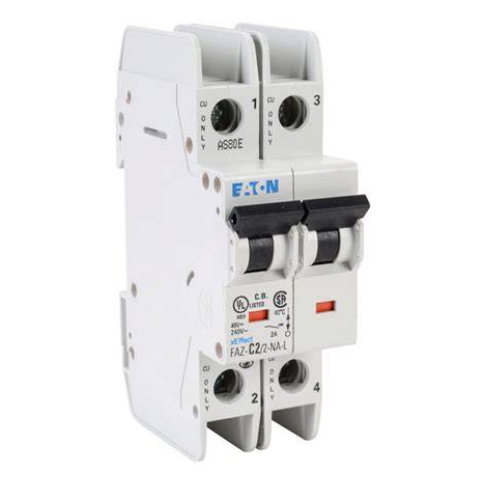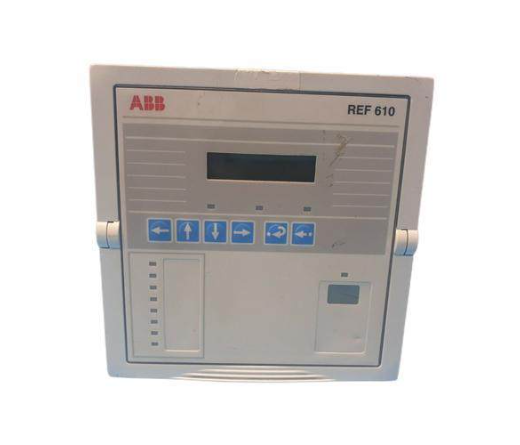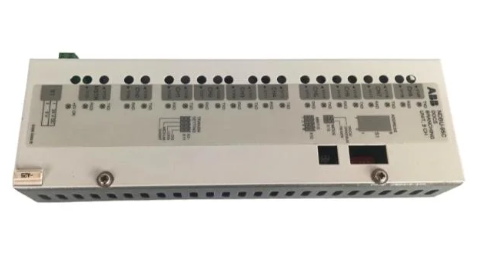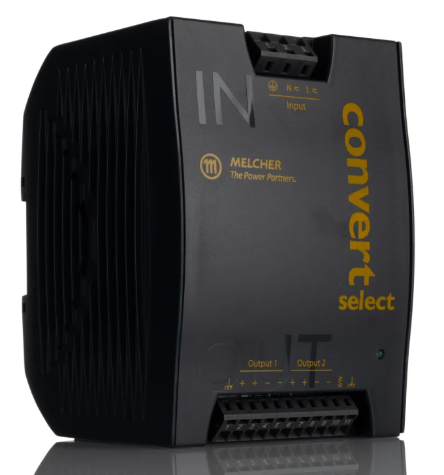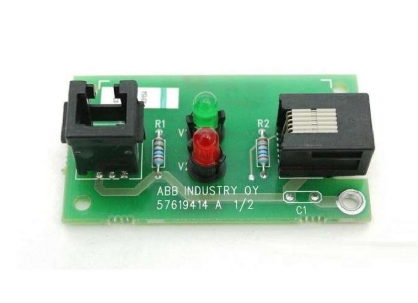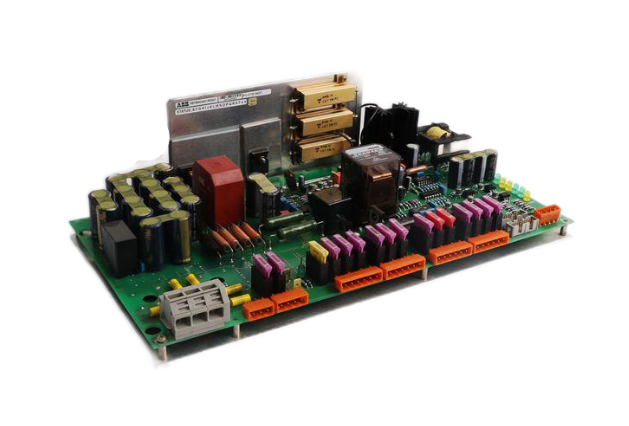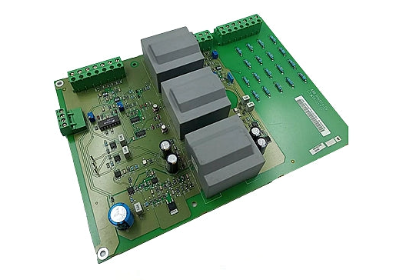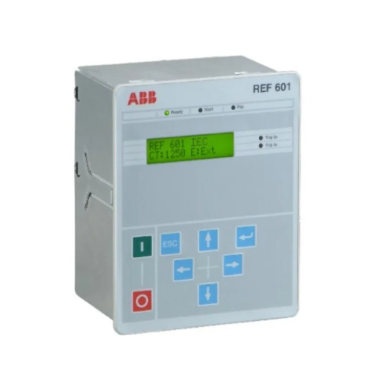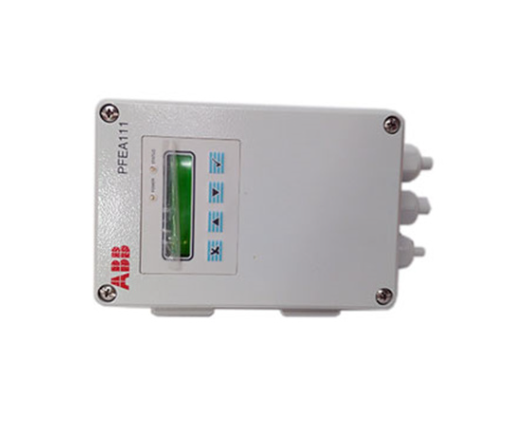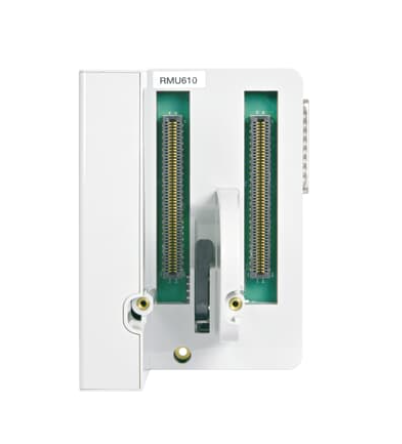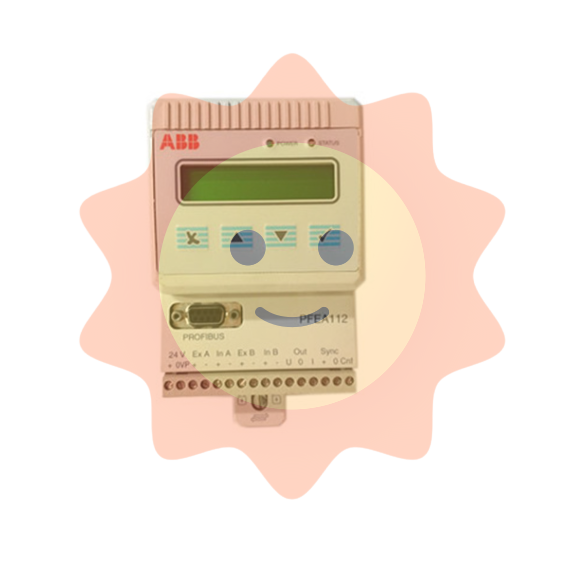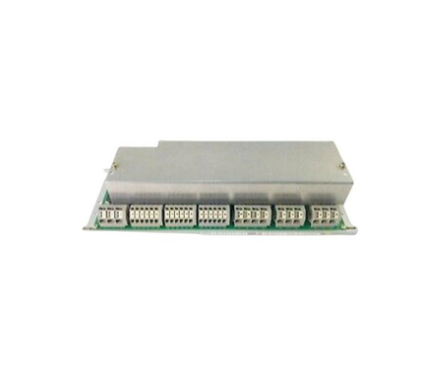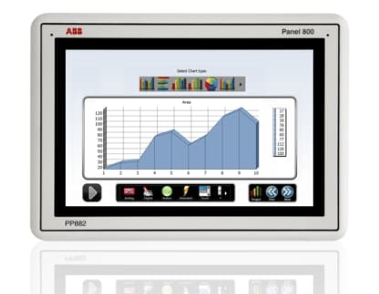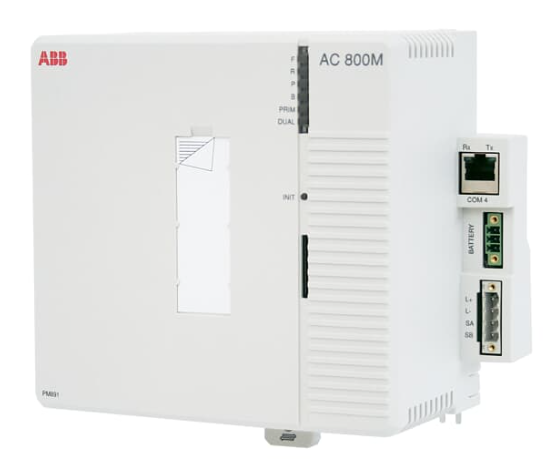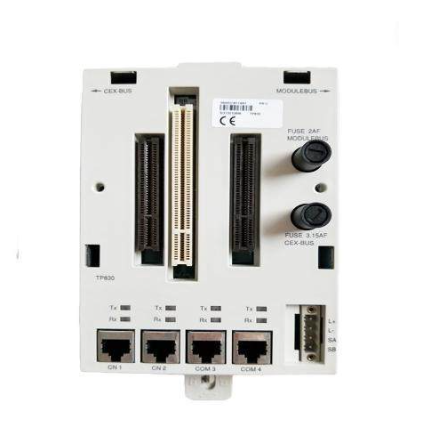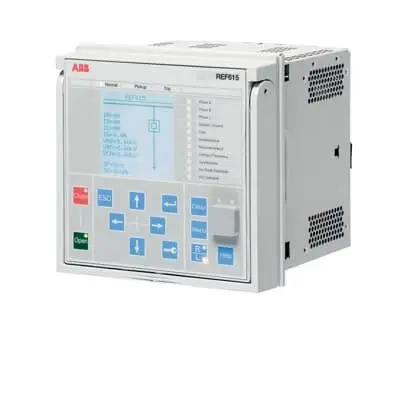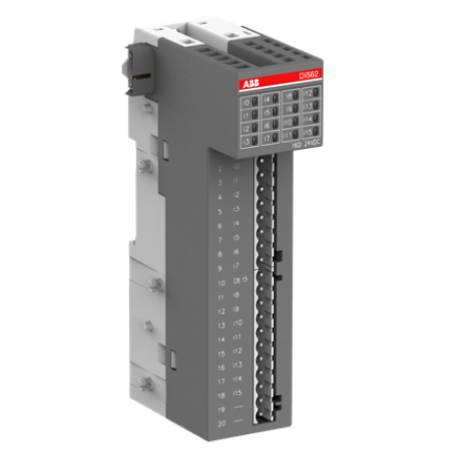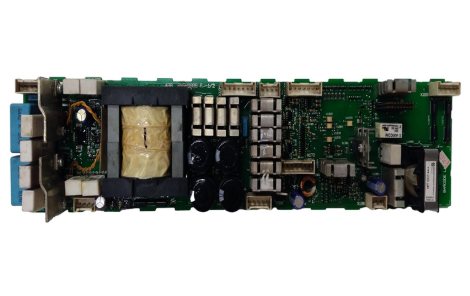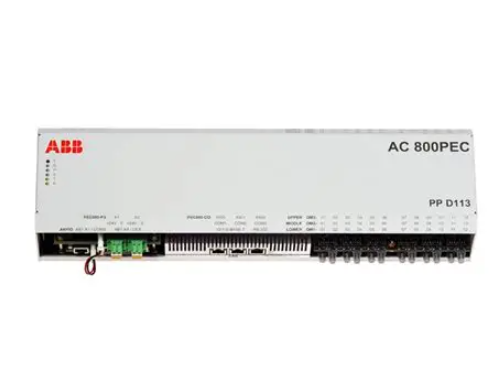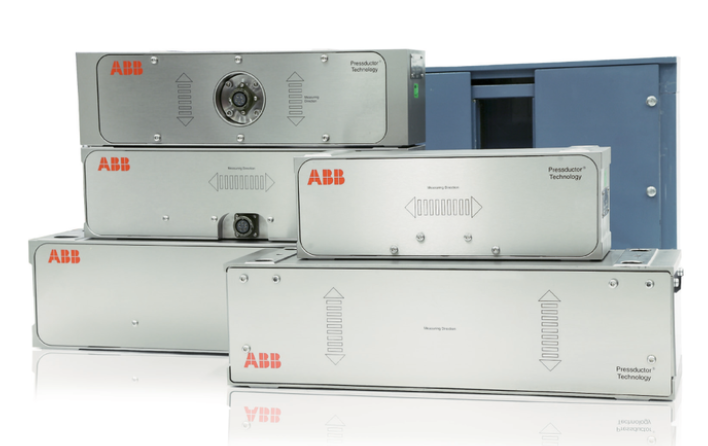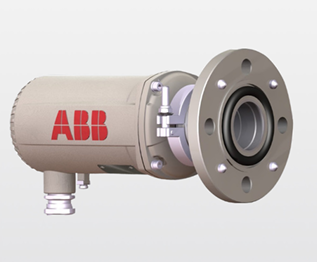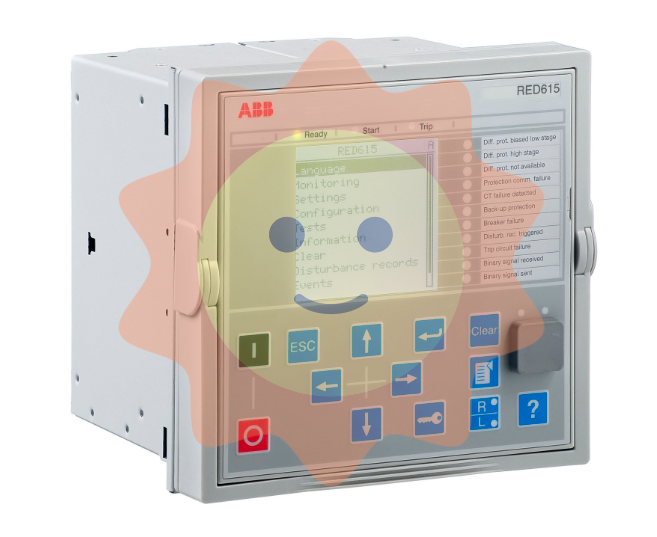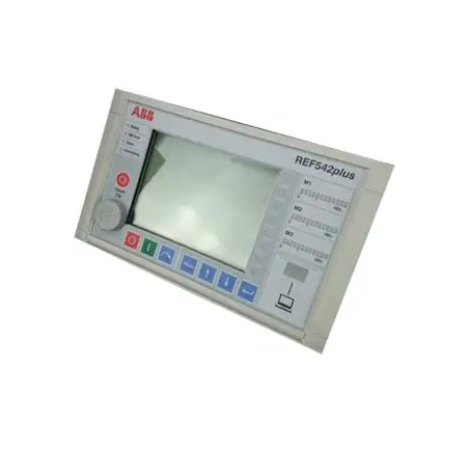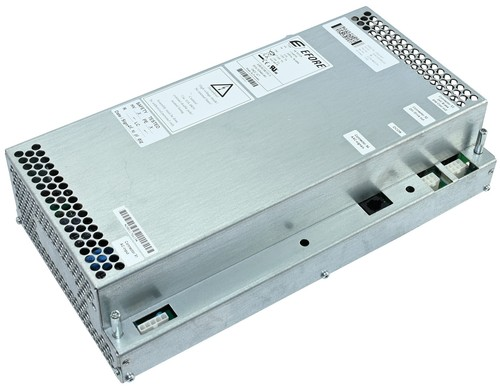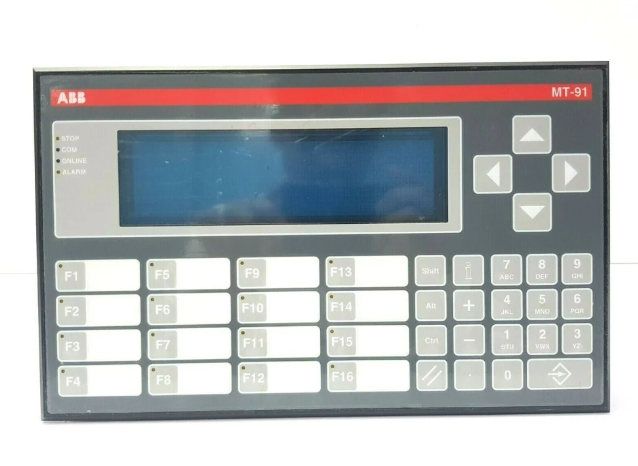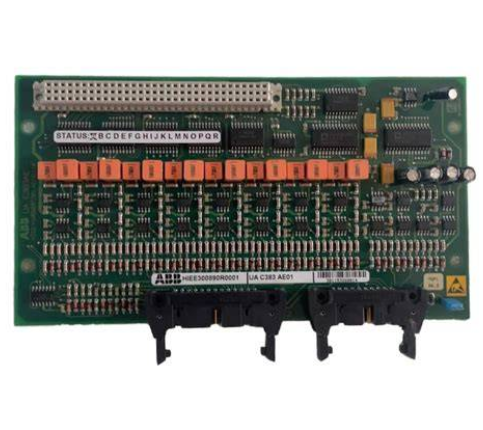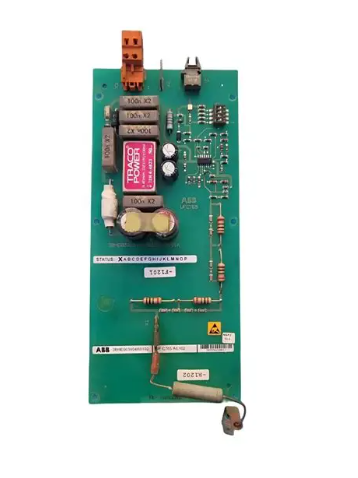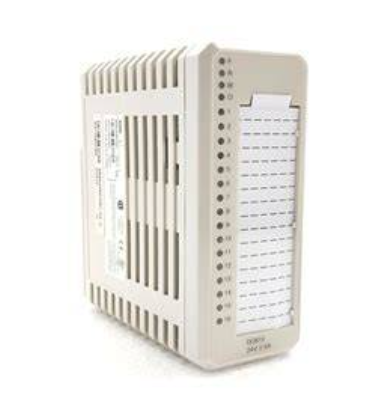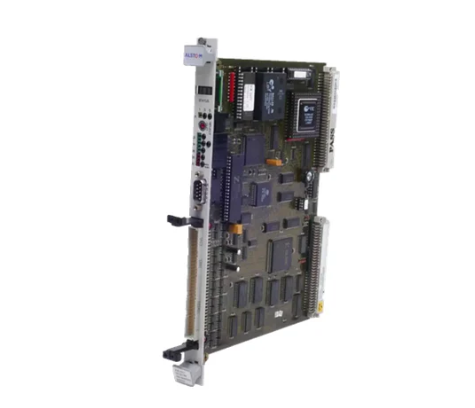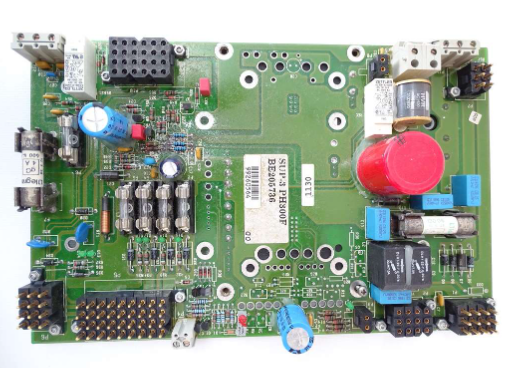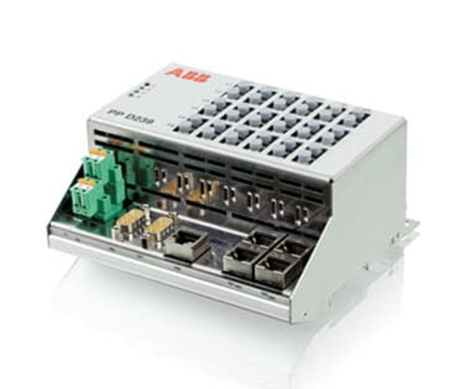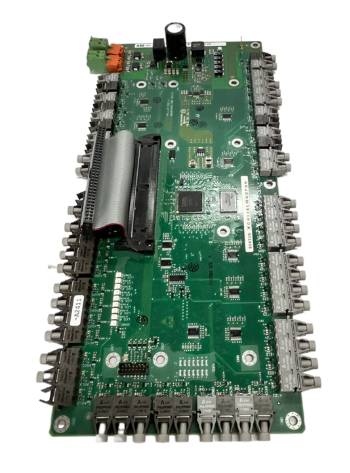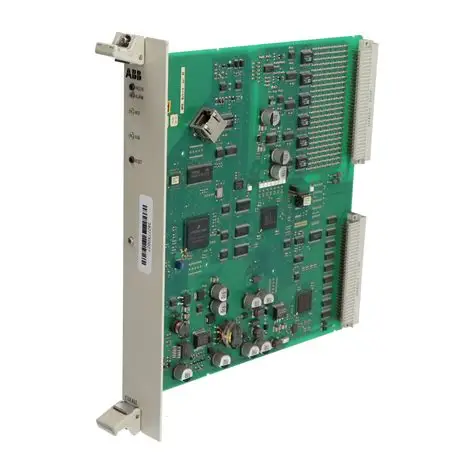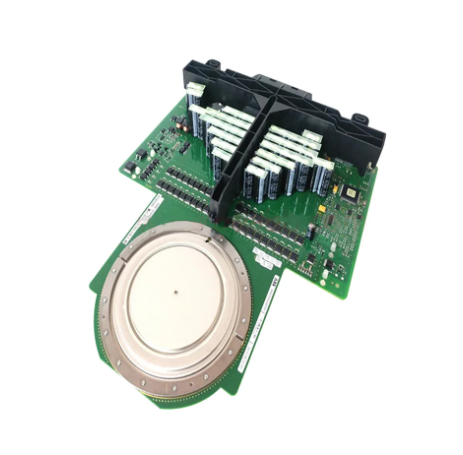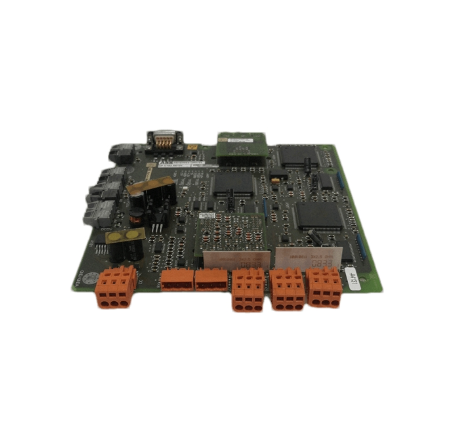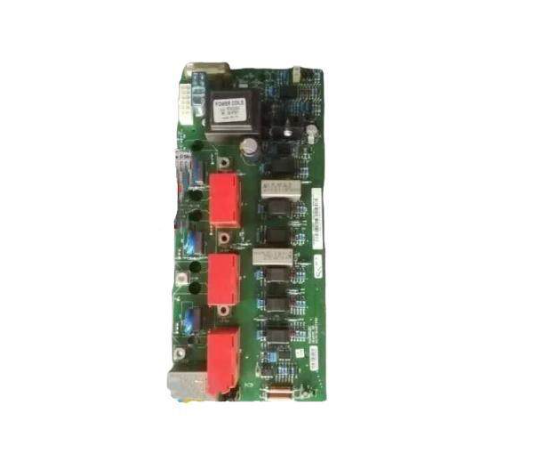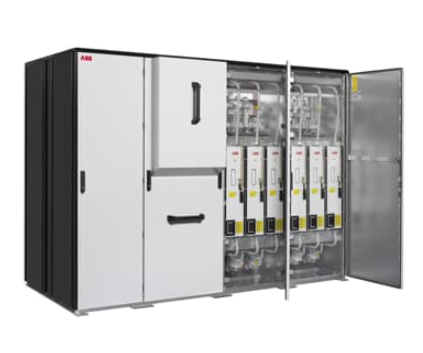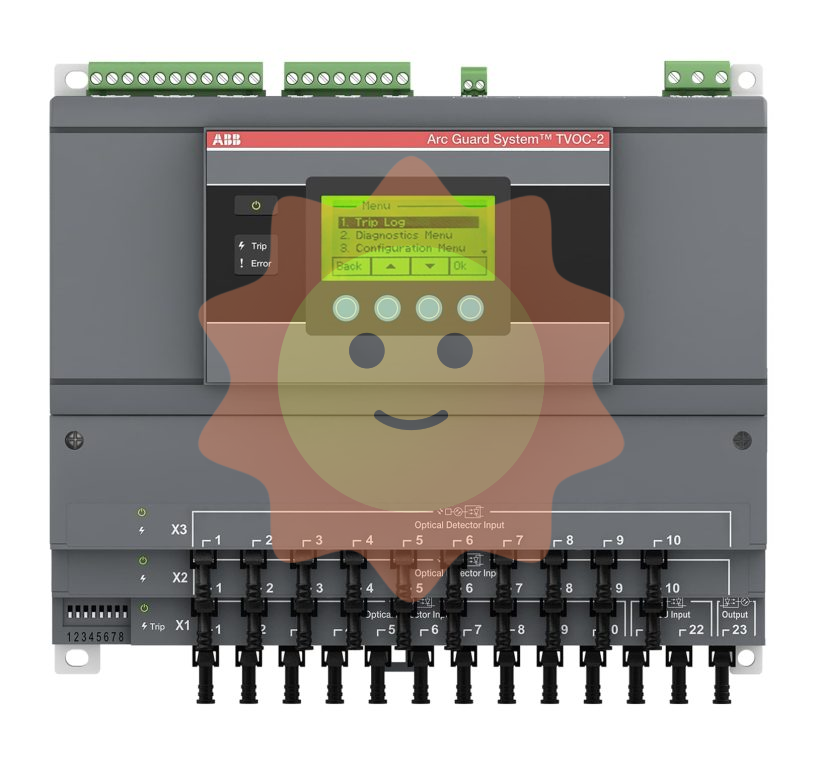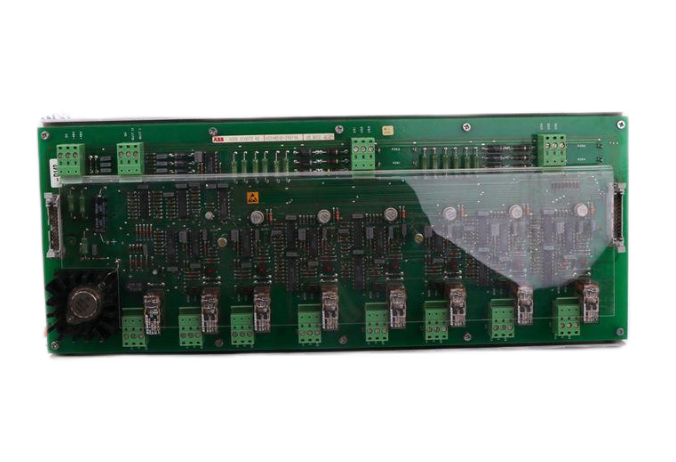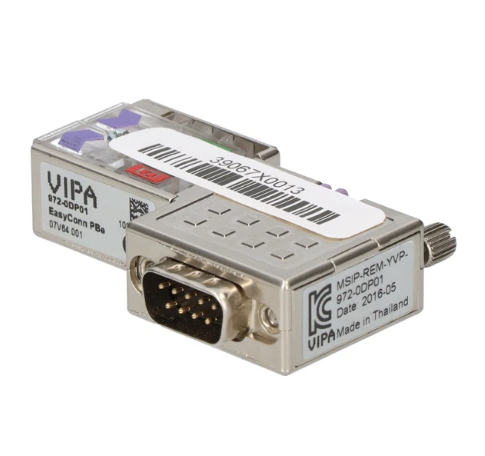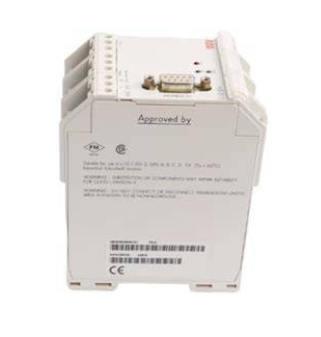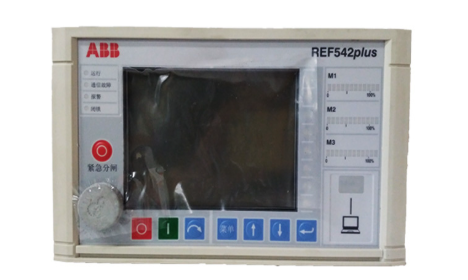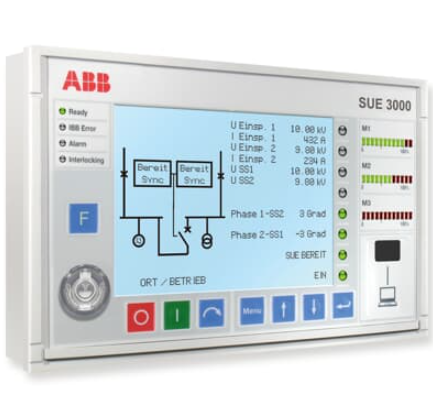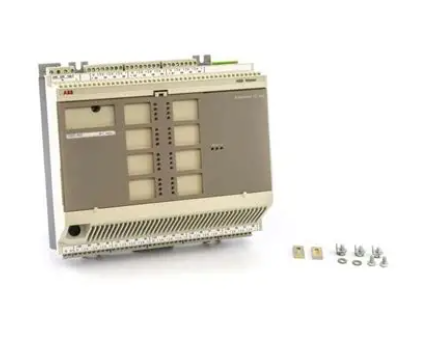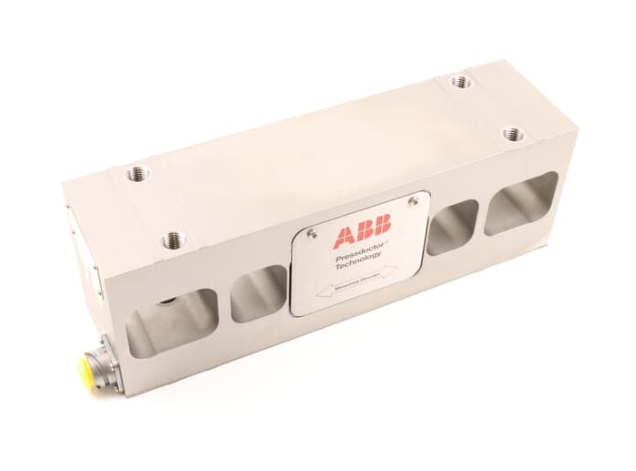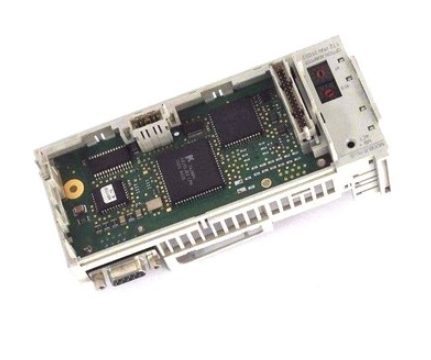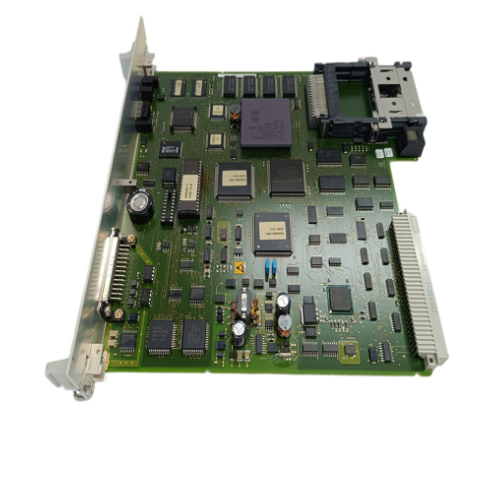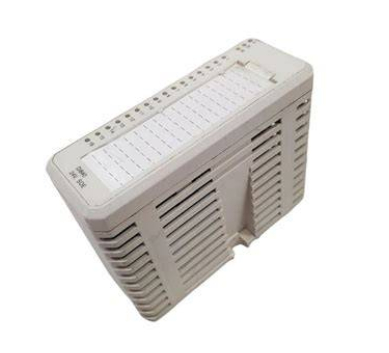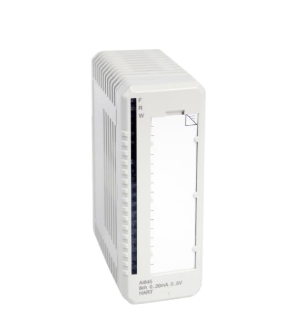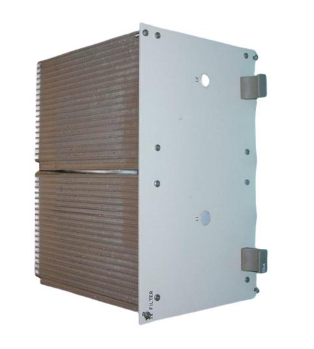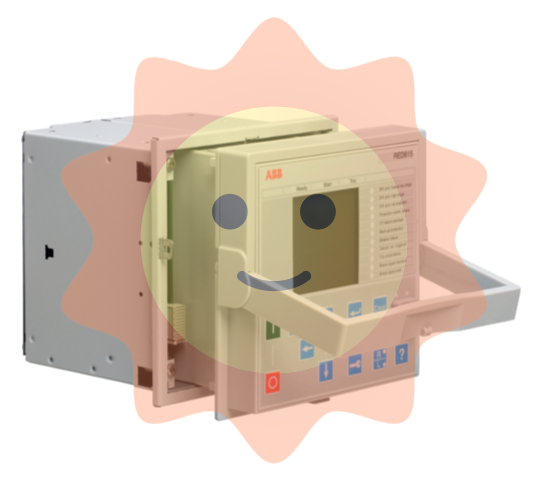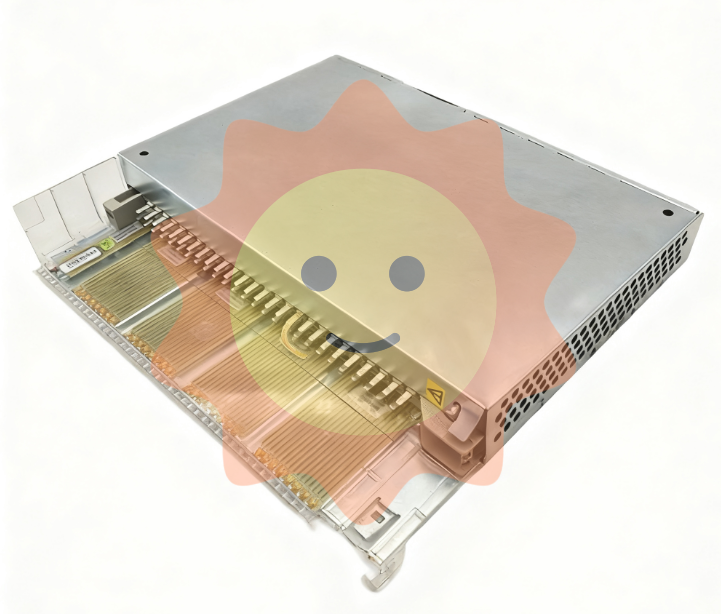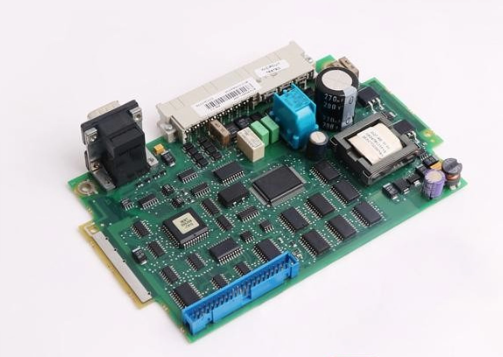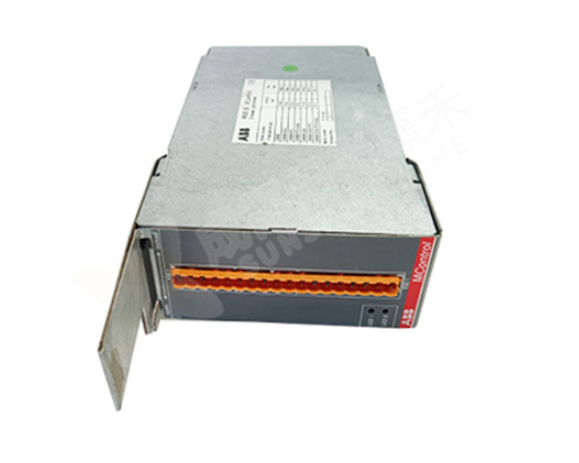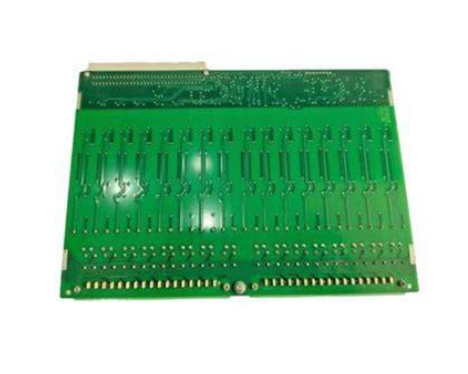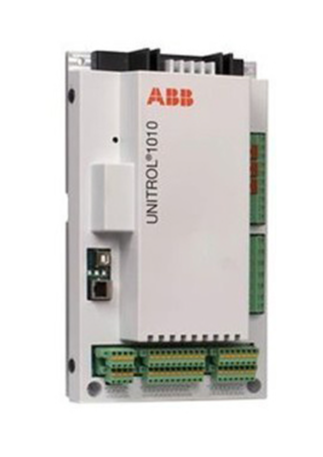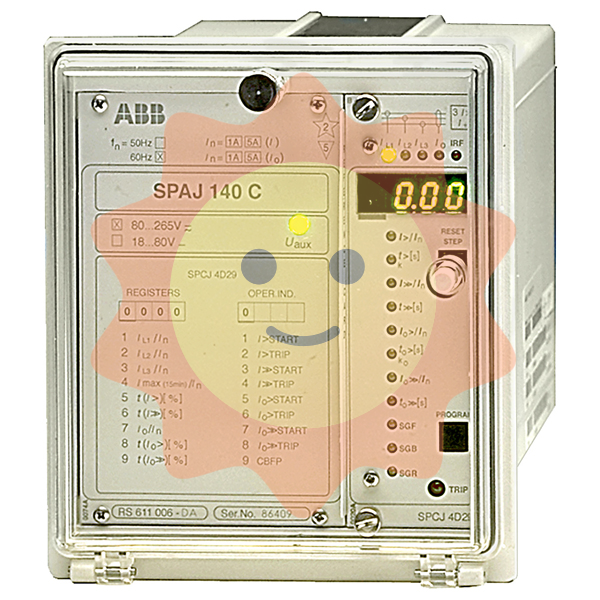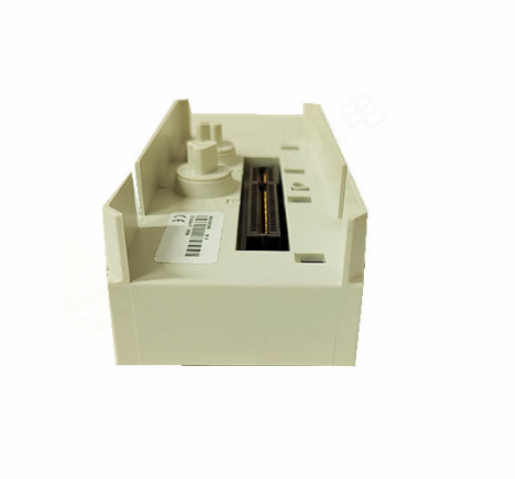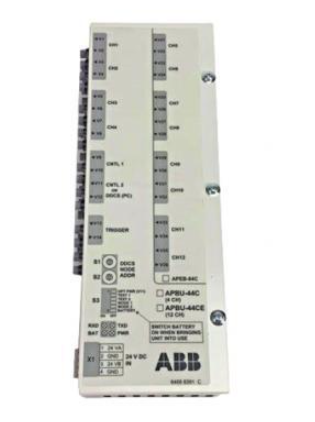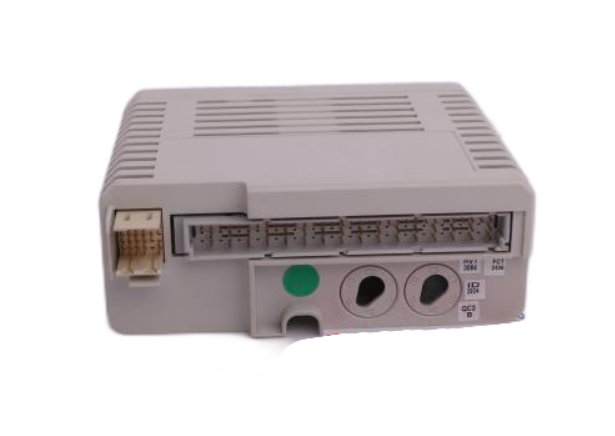AB 1756-D IO ControlLogix I/O Modules Specifications
Output signal drive and control: the analogue signal after digital-to-analogue conversion needs to have a certain driving ability to meet the needs of external devices . The analogue output module will amplify and condition the converted signals to drive external devices such as motors, valves, sensors and so on. The modules also have a variety of output control functions, such as ramping, clamping, and initialisation hold. The ramp function enables the output signal to change slowly within a certain period of time to avoid impact on the equipment; the clamp function limits the amplitude of the output signal to protect the safety of the equipment; and the initialisation hold function maintains the output signal in a specific state when the system starts up or malfunctions to ensure the stability of the system.
Connection and Adaptation with External Devices: Analogue output modules are connected to external devices through pins, and in the process of connection, it is necessary to consider the matching of signals and anti-interference problems. For the current output module, it is necessary to ensure that the output current can meet the load requirements of external devices, and at the same time pay attention to the influence of line resistance on current transmission; for the voltage output module, it is necessary to ensure the stability and accuracy of the output voltage. In order to reduce interference, the module will usually take shielding measures, and in the wiring will follow the relevant wiring specifications. Different types of analogue output modules differ in output range, resolution, output impedance, etc. When connecting with external equipment, it is necessary to select the appropriate module according to the characteristics of the equipment to achieve the best match and performance.

- EMERSON
- Honeywell
- CTI
- Rolls-Royce
- General Electric
- Woodward
- Yaskawa
- xYCOM
- Motorola
- Siemens
- Rockwell
- ABB
- B&R
- HIMA
- Construction site
- electricity
- Automobile market
- PLC
- DCS
- Motor drivers
- VSD
- Implications
- cement
- CO2
- CEM
- methane
- Artificial intelligence
- Titanic
- Solar energy
- Hydrogen fuel cell
- Hydrogen and fuel cells
- Hydrogen and oxygen fuel cells
- tyre
- Chemical fiber
- dynamo
- corpuscle
- Pulp and paper
- printing
- fossil
- FANUC
- Food and beverage
- Life science
- Sewage treatment
- Personal care
- electricity
- boats
- infrastructure
- Automobile industry
- metallurgy
- Nuclear power generation
- Geothermal power generation
- Water and wastewater
- Infrastructure construction
- Mine hazard
- steel
- papermaking
- Natural gas industry
- Infrastructure construction
- Power and energy
- Rubber and plastic
- Renewable energy
- pharmacy
- mining
- Plastic industry
- Schneider
- Kongsberg
- NI
- Wind energy
- International petroleum
- International new energy network
- gas
- WATLOW
- ProSoft
- SEW
- wind
- ADVANCED
- Reliance
- YOKOGAWA
- TRICONEX
- FOXBORO
- METSO
- MAN
- Advantest
- ADVANCED
- ALSTOM
- Control Wave
- AB
- AMAT
- STUDER
- KONGSBERG
- MOTOROLA
- DANAHER MOTION
- Bently
- Galil
- EATON
- MOLEX
- Triconex
- DEIF
- B&W
- ZYGO
- Aerotech
- DANFOSS
- KOLLMORGEN
- Beijer
- Endress+Hauser
- MOOG
- KB
- Moxa
- Rexroth
- YAMAHA


Email:wang@kongjiangauto.com

